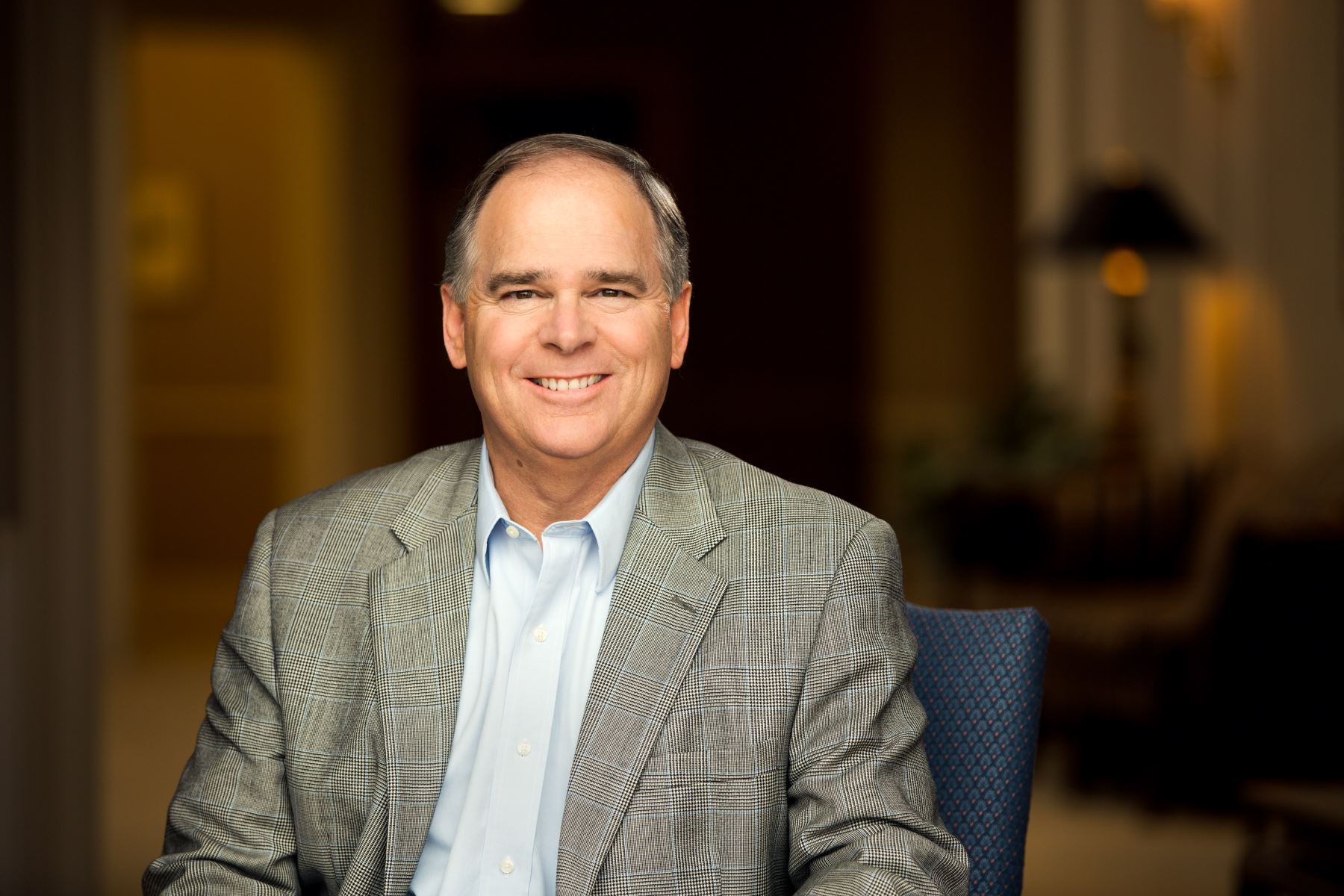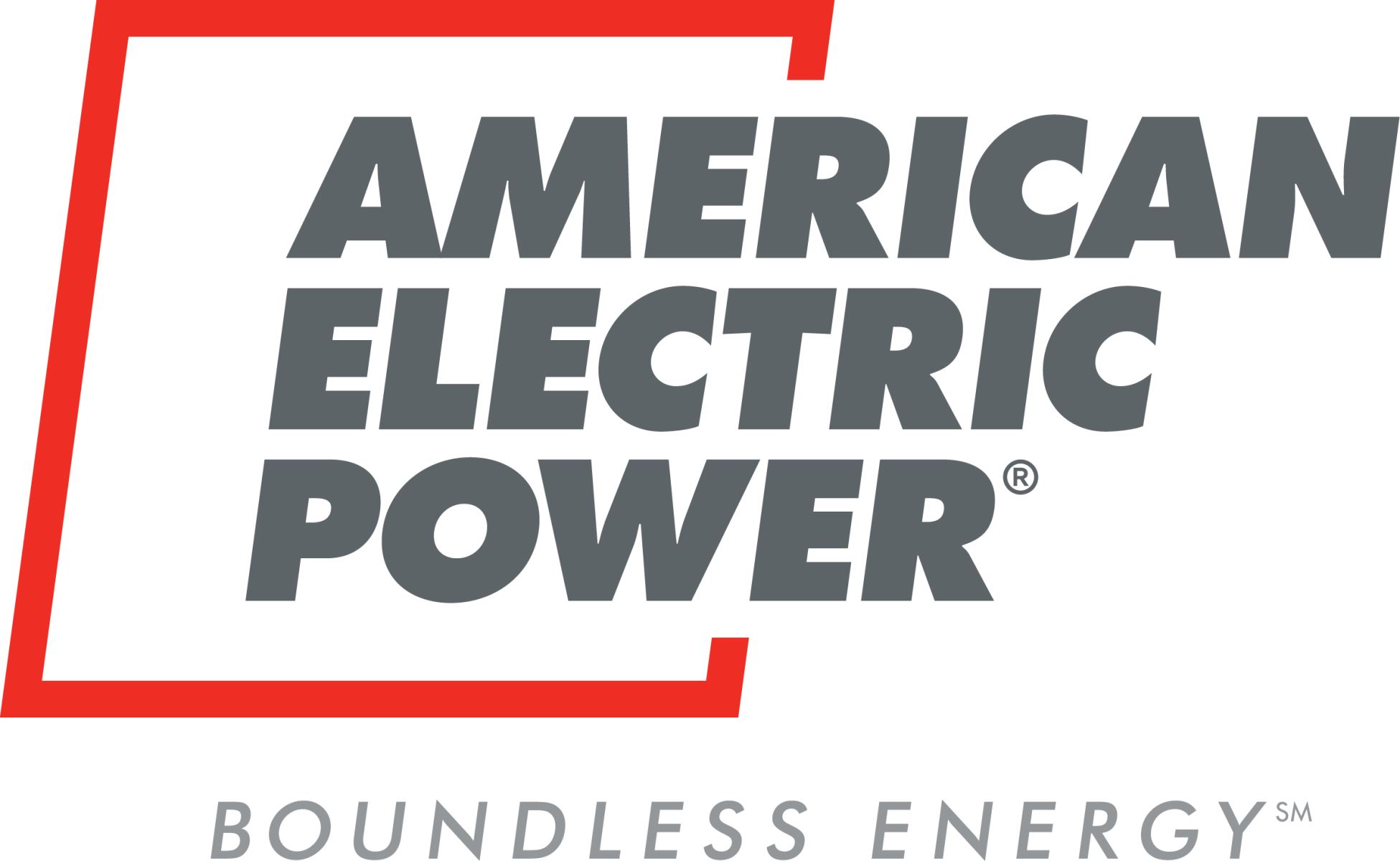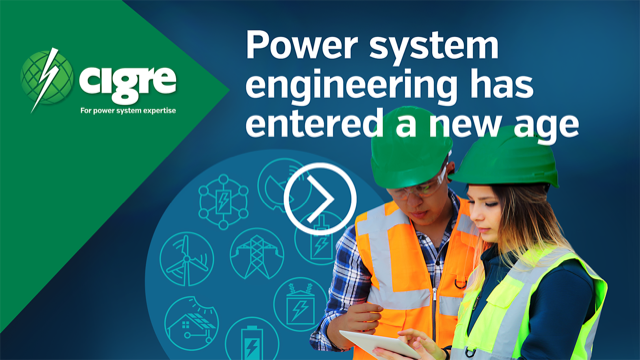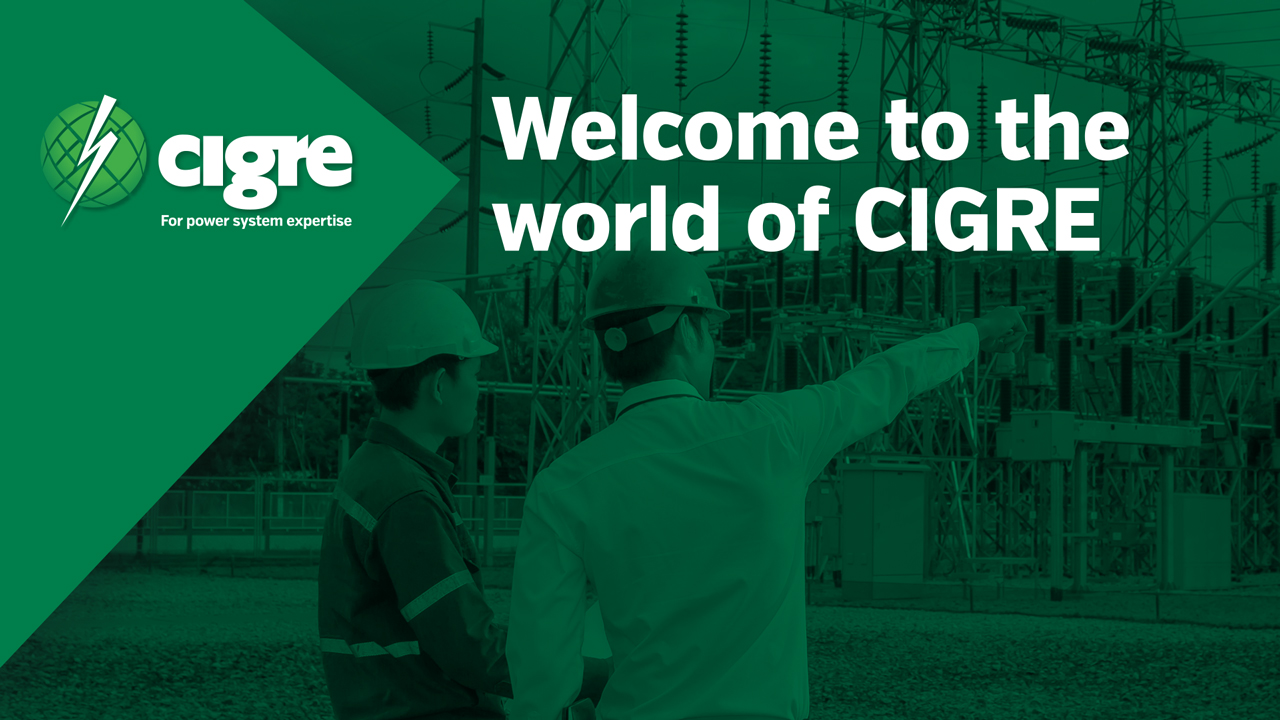Q&A with Nick Akins, American Electric Power CEO
 1. How is American Electric Power (AEP) pursuing policies to battle climate change for the electric utility industry?
1. How is American Electric Power (AEP) pursuing policies to battle climate change for the electric utility industry?
American Electric Power (AEP) and the U.S. electric energy industry as a whole have made significant reductions in carbon dioxide emissions. AEP already has cut CO2 emissions by 59% from 2000 levels, and our long-term strategy includes investing in a more balanced portfolio of power generation that includes renewable resources. We’ve set a goal to reduce our CO2 emissions 80% from 2000 emission levels by 2050.
We are investing $2.7 billion in renewable energy between 2019 and 2023, which includes our recent purchase of 724 megawatts of contracted wind and battery storage. By the end of June, we will complete the purchase of another 227 megawatts from the Santa Rita East wind generation project being built in San Angelo, Texas. These two acquisitions will quickly add 951 megawatts of wind generation and storage to our renewable energy portfolio. We also plan to increase the renewable resources in our regulated generation fleet by more than 8,800 megawatts by 2030.
AEP has retired more than 7,800 megawatts of coal-fueled generation since 2011, and we’ve announced the retirement of another 1,931 megawatts by the end of 2020. AEP’s generation capacity has gone from 70% coal-fueled in 2005 to 46% today. Our natural gas capacity increased from 19% in 2005 to 27% today, and our renewable generation capacity has increased from 4% in 2005 to 16% today. AEP’s nuclear generation capacity has remained stable, increasing slightly from 6% in 2005 to 7% today.
Our emissions will continue to decline as we retire less efficient generating units, increase renewable energy and natural gas, invest in a more efficient and modern grid to enable greater penetration of renewable and distributed resources, and embrace new technologies that improve operational efficiencies and meet our customers’ needs.
2. AEP has a long history in Transmission technology development. What do you envision for the transformation in Distribution given automation and distributed resources?
We see a future where the power grid is fully digital with a diverse and decentralized network of distributed energy resources, advanced monitoring and controls, and a system that is truly self-healing. We also anticipate that customers will be able to understand and manage their energy use much more actively than today.
To ensure we are evolving to meet future system needs and customer expectations, we are partnering with start-up companies and global innovation hubs to incubate and test new, leading-edge technologies and processes. We launched IlluminationLAB this year to help us identify promising entrepreneurs and early growth stage companies in four areas: customer experience; grid optimization; efficiency, operations and maintenance; and electric mobility. L Marks, a global start-up accelerator, is helping us select promising tech startup companies that we can collaborate with to advance and shape innovative energy solutions.
We also joined with Free Electrons, a global technology accelerator for the energy industry that gives us access to hundreds of start-ups from 60 countries around the world. AEP is one of 10 international utilities in the Free Electrons program. Free Electrons gives us access to the most innovative thinking in the energy industry so we can select and validate promising technologies that we think will best fit our customers’ needs and expectations.
Beyond seeking out the newest energy innovations, we also are deploying advanced, digital technologies today to help transform our distribution system.
Distribution Automation and Circuit Reconfiguration (DACR) is enabling us to automate restoration. DACR will reduce the impact of outages through intelligent and automatic switching of field devices.
Volt Var Optimization (VVO) is allowing us to dynamically manage system voltage by automatically reducing customers’ energy use without requiring any behavior changes from them. VVO also will optimize the operation of the grid by reducing demand on our facilities.
Smart Line Sensors are providing real-time information to help our field teams respond to system problems more effectively and reduce restoration times through intelligent fault location.
We also recently completed a $600 million, large-scale underground asset replacement and advanced monitoring system for our urban-centered network systems. State-of-the-art underground network systems support safer operation, enable predictive maintenance to save money, and provide pre-fault indicators that can help us prevent major service interruptions and safety concerns for our employees and the public.
3. Describe your vision for the power system mid-century noting disrupters along the way?
There will be significant opportunities for AEP and other electric energy companies in the next few decades as decentralized power generation, beneficial electrification, and digitization and process automation reshape our business. We see pervasive electrification, especially in the transportation sector, and distributed power generation as key factors that will impact how the power system evolves. Control devices will become intelligent and interconnected. The real unknown is just how quickly these transformations will occur.
In the same way that fracking and a cheap, plentiful natural gas supply has been a game changer for coal-fueled power generation in the U.S., the development of effective large-scale energy storage will have significant implications for our future power system. When technology evolution delivers energy storage capability beyond today’s “4-hour battery,” the industry will be in a position to truly redesign the grid.
In the near term, there will continue to be an evolution in the U.S. fuel mix toward cleaner, renewable generation resources. Our projections for AEP’s power generation mix in 2030 are 40% renewables (hydro, wind, solar and pumped storage), 27% coal, 22% natural gas, 7% nuclear and 4% energy efficiency and demand response. That is a significant change from our capacity mix of 70% coal-fueled and 4% renewable generation in 2005.
Electric energy companies, like AEP, are uniquely positioned to provide the scope and scale that will enable faster technology adoption, while also providing universal access to the benefits of the clean energy economy.
4. Describe your vision for the workforce mid-century to achieve the power system at mid-century?
We know that the success we’ve had for the last 113 years will not continue if we don’t ensure that we have a diverse, engaged team of employees. To make that happen, we’ve developed a Diversity and Inclusion Roadmap that sets accountability metrics to help us attract, develop and retain inclusive, diverse talent while also enhancing the engagement, knowledge and skills of our current employees. We are focused on achieving gender parity, maintaining wage parity and breaking down barriers created by unconscious biases so that the entire team at AEP is equipped and empowered to contribute to our success.
We also are focused on digitization – automating routine processes – so that time and skills of our employees can be focused on the highest-value work. As the power system evolves, the workforce of the future will need new, different skills. We are partnering with high schools, community colleges, universities and vocational and technical schools to help develop the training programs and curriculum needed to ensure that there is a pool of talented, highly skilled potential employees who are ready to develop and maintain the innovative and technologically advanced power systems of the future.
We are changing the culture at AEP to ensure that we support an open, collaborative, diverse and vibrant workplace that is focused on solutions the benefit our customers. I like to say that we are moving from a culture built around hard engineering science to one that combines hard science with the creativity of the arts – that kind of culture and the workforce it attracts will provide the ingenuity to support our future success.

American Electric Power, based in Columbus, Ohio, is focused on building a smarter energy infrastructure and delivering new technologies and custom energy solutions to our customers. AEP’s approximately 18,000 employees operate and maintain the nation’s largest electricity transmission system and more than 219,000 miles of distribution lines to efficiently deliver safe, reliable power to nearly 5.4 million regulated customers in 11 states. AEP also is one of the nation’s largest electricity producers with more than 32,000 megawatts of diverse generating capacity, including more than 5,000 megawatts of renewable energy. AEP’s family of companies includes utilities AEP Ohio, AEP Texas, Appalachian Power (in Virginia and West Virginia), AEP Appalachian Power (in Tennessee), Indiana Michigan Power, Kentucky Power, Public Service Company of Oklahoma, and Southwestern Electric Power Company (in Arkansas, Louisiana, east Texas and the Texas Panhandle). AEP also owns AEP Energy, AEP Energy Partners, AEP OnSite Partners, and AEP Renewables, which provide innovative competitive energy solutions nationwide. For more information, visit aep.com.
CIGRE NEWSLETTER
Watch

Solve all power system challenges in one unique place
To find the solutions you need in one unique place, join CIGRE. As the preeminent global technical organisation, CIGRE is uniquely positioned to offer the full spectrum of low through high voltage perspectives, industry colleagues and end to end knowledge.



